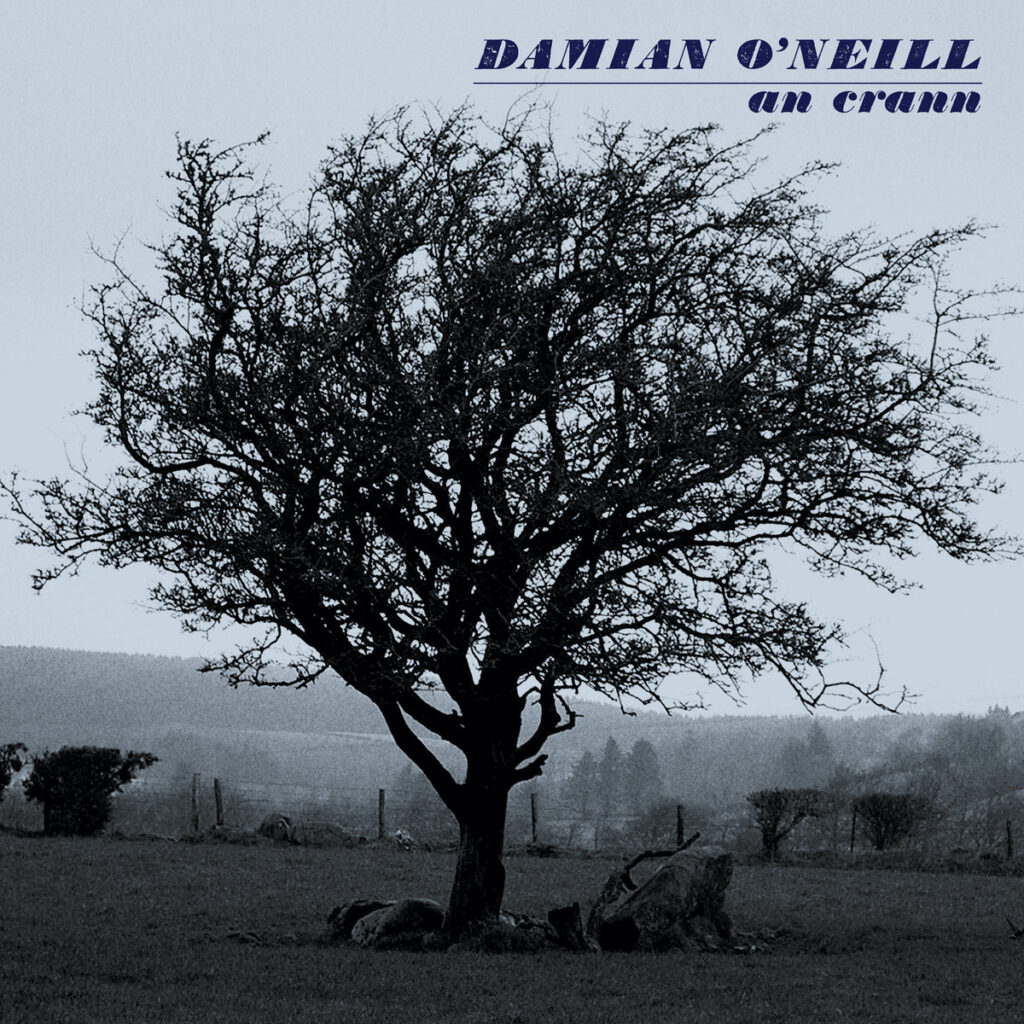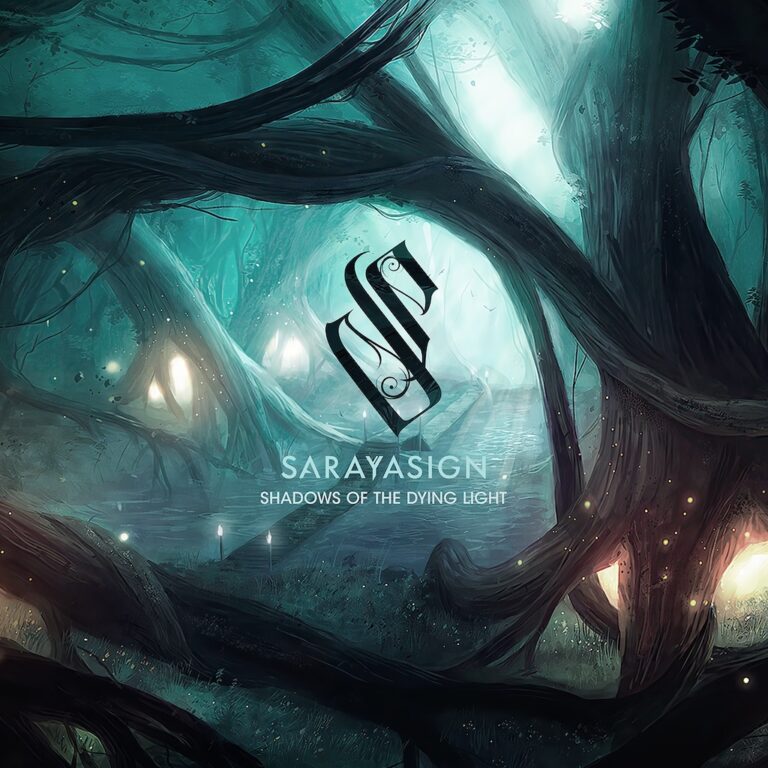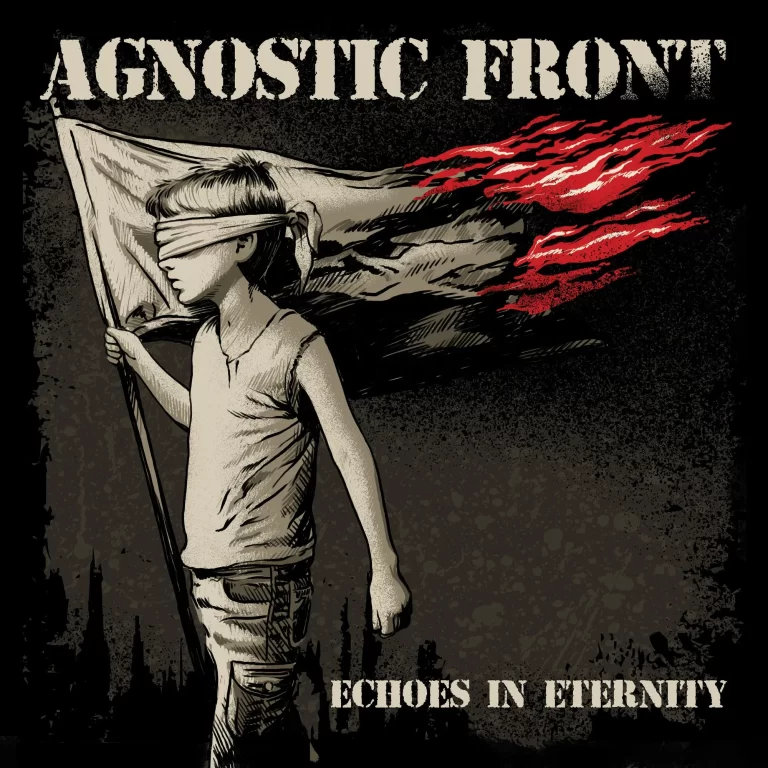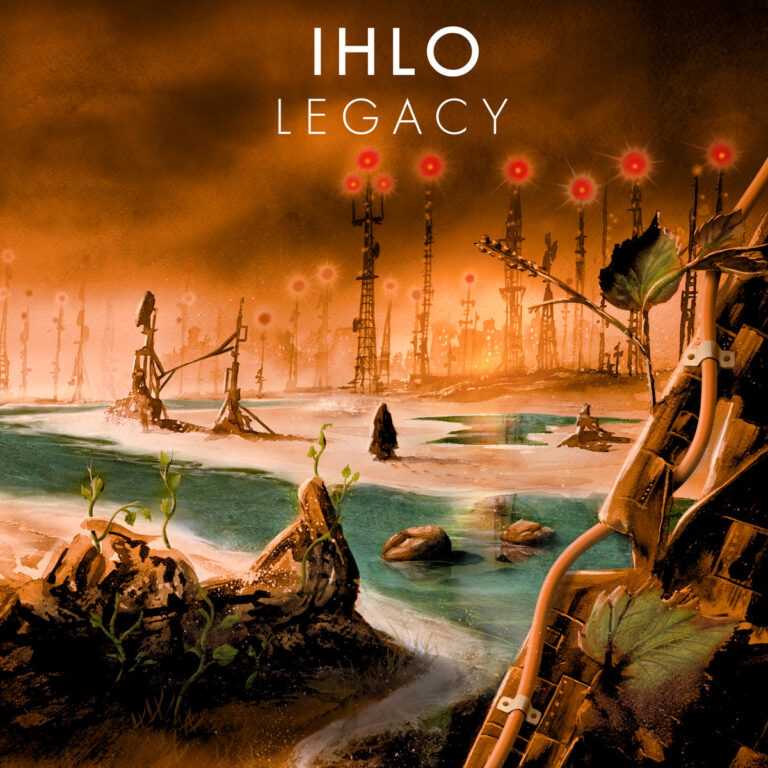
A little digression:
Music has long been an escape for me. For various reasons, music became my safety net during my teenage years. It was a comfort, it was rage, it was a window into a different world, and it provided catharsis when I needed it. To this day, good music can raise the goose bumps on my arms, and it can bring a tear to my eye. It’s a remarkable art form and it can be a truly transcendental experience. I write this as much as anything to explain why a simple review of an album that arrived some weeks past has taken some little time. It is a record that, every time I strove to put pen to paper, simply overwhelmed me. It’s an emotional record, deeply evocative both of Damian O’Neill’s personal world and whatever experience the listener cares to transpose upon it. I finally completed the review, as best I could, and I hope you enjoy it. But as you read, please remember that the words here do not do justice to a truly beautiful work of art.
Introduction:
Earlier this year I had the pleasure of reviewing Dig What You Need, a fantastic compilation featuring the best bits of post-reformation Undertones; and the privilege of interviewing Damian O’Neill, the band’s softly spoken guitarist. During our interview, Damian revealed that he had been working on a new solo album, the follow-up to the well-received Refit Revise Reprise, which, despite The Monotones Moniker, is effectively a solo work. Regardless as to whether this counts as Damian’s second or third solo outing, the core difference is that, on An Crann, he had the confidence to go almost entirely down the instrumental route.
Although his stated aim was to draw on a variety of folk influences, from traditional Irish, through Japanese, American, British and French, this should not mislead the listener to thinking the album is a throwback to the music of yore. Rather, the diverse influences have allowed Damian to create something rather unique, although its closest antecedent is arguably the elegiac post-rock of Mogwai, with hints of Sigur Ros, Low and Richard Hawley present in the mix. The album also sees Damian utilising an array of instrumentation “such as electric and acoustic guitars, mandolin, bass, organ, vibraphone, toy marimba and glockenspiel, melodica, mouth organ, squeezebox, kalimba, bells and various percussion and human voices”, all of which adds up to a strikingly evocative collection that showcases a very different side to a guitarist once closely associated with the vibrant punk movement.
Release Details:
Released via Dimple Discs (also behind Refit Revise Reprise and Dig What You Need), An Crann is available in the now ubiquitous digital format, as well as on CD and as a lovely, limited edition blue vinyl. To be quite honest, music such as this is made for vinyl, especially when you consider that Damian enlisted the remarkable Paul Tipler (Stereolab, Placebo, Julian Cope) to mix the pieces. The sequencing, too, plays into the idea that this was a piece of music designed to ebb and flow according to the space limitations of a piece of wax. Finally, and adding to the desirability of the vinyl edition, is the enigmatic artwork, which includes a photograph taken by Rosa O’Neill, said to be the burial place of Abhartach (Ireland’s Vampire King) in Glenullin, Co. Derry. Physical music fans already know the power of artwork when it comes to listening to an album for a first time, and the imagery of the deliberately weathered artwork evokes some long-lost era, where folk and blues was first finding its way out of venues and onto recorded formats, which adds much to the experience.
The Review:
The album ensnares the listener from the moment the needle hits the groove. Far from being lost in a folksy hinterland, opening track Mas o Menos emerges as a hazy psychedelic gem, complete with whimsical organ and wordless vocals. It’s a warm, fuzzy opening that draws the listener in, inviting them to sit around the fire in time for the stunningly raw Malin Head Imminent. A lengthy, slow burning piece, it is evocative of a deserted shoreline, scarred by the lash of the waves and redolent with the scent of salt and gorse. A track that is both haunting and joyful, you come away with a sense that the happy memories of time well spent are tinged with the sadness of friendships long passed. It’s followed by the music-box beauty of Tune For The Derry Ones, a place Damian left when he was 21, and yet still carries in his heart, as the lovely music rendered here so skilfully attests. Imagine Mogwai playing a more traditionally folk-infused take on their quieter moments, and you’re somewhere close to capturing the subtle majesty of this piece. The pace quickens on A Quare Visitation (Belfast ’65), a richly textured track that would perfectly suit Richard Hawley’s deep baritone. The first side ends with the eerie sound of the squeezebox, Damian conjuring up the sort of soundscape Radiohead explored on Kid A. The track, Lament For Loughinisland provides a perfectly enigmatic conclusion to the album’s first half and it’s hard not to listen without conjuring up a mental image of a stone hut, wreathed in fog and isolated from modernity.
Opening side two, the hypnotic La Tengo adopts a similarly psychedelic pose to Mas o Menos. Driven by a taut beat, its left to various looped guitar sounds to create the backdrop to Damian’s subtle lead work and, like side A’s opening track, it feels like you’ve stumbled on some long-lost gem from the mid-70s. In contrast, Manannan Mac Lir is the most directly folky piece to this point, coming over as a quiet tribute to R.E.M-esque Americana. A nice piece, it’s one of the only tracks here that, for all of the instrumental loveliness, really feels like it would benefit from a vocal. The short, sweet New Luft Trio is another music box melody that seems to drift into the Mogwaisih-segue Waltz Interlude. We Want Te Wesleys sees Damian exploring a variety of instruments to build a gorgeous wall of sound that seems to hang in the air just in front of the speakers. The record ends with the early-Pink-Floyd psyche of Round And Round, a short coda that has a Syd Barret sense of whimsy. It is a satisfying conclusion that helps to draw the listener out of their reverie and back to the daylight.
Conclusion:
When an artist speaks of folk influences, it’s hard not to assume that they’ve dug into the past to create something rather Dylan-esque. Not that this is, in and of itself, a bad thing – Dylan, after all, is one of the great musical artists of the last century. Nevertheless, the word “folk” recalls a certain sound to the mind. Damian O’Neill, however, had other thoughts. An Crann is a gorgeously unique piece of writing that uses traditional folk instruments (and the folkish principle of music as a form of story-telling) to create something unique. Cleaving closer to the darker edges of post-punk, alongside aspects of post-rock, the album takes the listener on a breath-taking (and sometimes heart breaking) tour of Damian’s memories. It’s all here – memories of home, childhood holidays and hopes for the future – but captured in such a way as to allow the listener to insert their own interpretation as they see fit. It’s not just the music. The quality of the recording – the separation of the instruments and the deep bass that emerges on tracks like La Tengo – sees the music envelope the listener, and it’s surely a record best heard with the lights turned low and the volume pushed as high as the neighbours allow. This is music to get lost in, music for the soul, and it took far longer to review than I ever might have expected, largely because I so often found myself simply listening, unwilling to disturb the gorgeous melodies with the sound of typing. I truly hope that this album finds its way to the lost and to the lonely, because it is one of those rare records that simply lifts you up and takes you with it and for that reason, I know already that it is something I shall hold dear for years to come. 10/10




